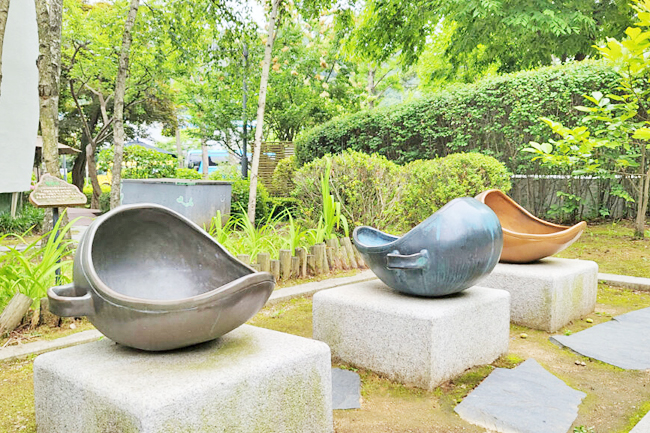ANN/THE KOREA HERALD – Central to the intricacies of human culture, where the mundane meets the profound, stands a seemingly humble yet fundamentally crucial element – toilets.
In South Korea, this subject matter is the central theme for one eccentrically named museum, Mr Toilet House, or known as Haewoojae, a museum dedicated to explore the global significance of these everyday conveniences.
This unconventional museum embarks on a distinctive journey through the annals of toilet history, to discover its cultural impact and to shed light on their intricate role in shaping societies worldwide.
Beyond being a mere architectural marvel, Mr Toilet House is a vibrant homage to the porcelain throne, acknowledging and celebrating the pivotal role toilets play in diverse cultures.
Derived from the term Haewooso, meaning a room to relieve worries, the museum is not just a bizarre architectural wonder but a celebration of the importance of toilets across the globe. In South Korea, the days when public toilets were deemed unclean are long gone.
Hosting mega-events like the 1986 Asian Games and the 1988 Olympics, the South Korean government initiated sanitation campaigns, including the ‘Keep Your Own Toilet Clean’ project. While things gradually improved, such efforts proved insufficient.



Mayor Sim Jae-duck of Suwon City from 1995 to 2002 was a visionary with a profound interest in both the environment and culture.
During his tenure as mayor, Sim recognised the need for toilet improvements, especially with the approaching 2002 FIFA World Cup in South Korea.
In 1996, Suwon City embarked on a mission to build the world’s most beautiful public toilets, thus initiating the ‘Toilet Culture Movement’.
“Sim dedicated himself to dismantling the taboo surrounding toilets, aiming to create an environment where people feel at ease discussing toilets and their amenities openly,” a curator at the museum told The Korea Herald.
“His ultimate goal of enhancing the overall restroom experience was met to a certain extent through his life-long efforts.” In 2007, Sim made a decision to remodel his 30-year-old house in Suwon into the shape of a toilet.The construction was completed in November of the same year, and it earned recognition from the Korea Record Institute as the largest toilet sculpture.
Two years later, Sim died of prostate cancer, and in accordance with his wishes, his family generously donated the house to the city.
By 2010, the residence was transformed into a museum dedicated to all things related to toilets, continuing Sim’s legacy.
Entering the world of Mr Toilet House, two thematic sections are located on the first floor – ‘History of Toilet’ and ‘Science in Toilet’.
Traditional toilets from the Joseon era, as well as from Japan and China during respective periods, are also on display.
Among the fascinating exhibits is the space toilet display, which tells the mysteries of how toilets operate in zero gravity.
The journey continues with exhibitions on the evolution of flushing toilets, diverse toilet cultures worldwide and the globalisation of the Toilet Culture Movement.
The second floor’s special exhibition hall currently has on display the transformation of human waste into valuable energy resources.
Animated characters and comic storytelling enhance the experience for viewers of all ages.
Toilet Culture Park, next to the museum’s garden, is a whimsical outdoor space showcasing various toilets throughout Korea’s history, along with human figures. From yogang, or chamber pots, to the portable toilet used by the royals of Joseon period, known as maehwateul, each object at the exhibition carries a unique tale.
Visitors are seen frequently laughing and marvelling at the exhibitions, while also gaining an appreciation for the object we all use in our daily lives.






